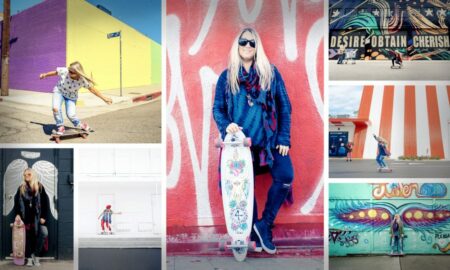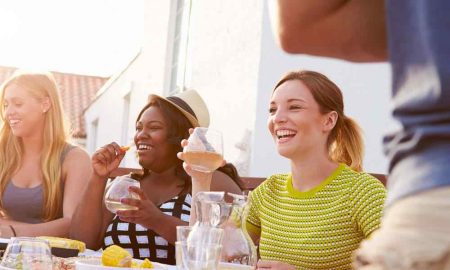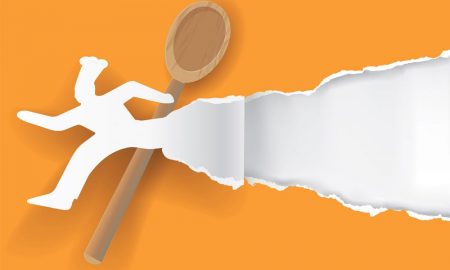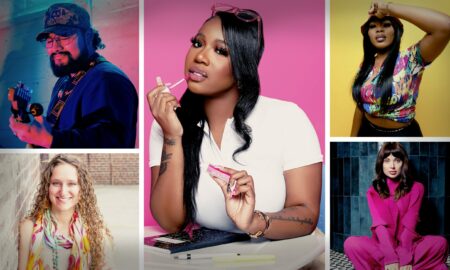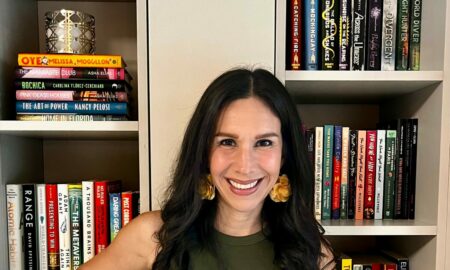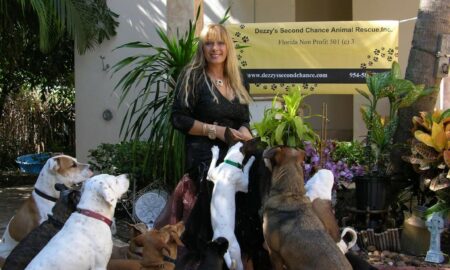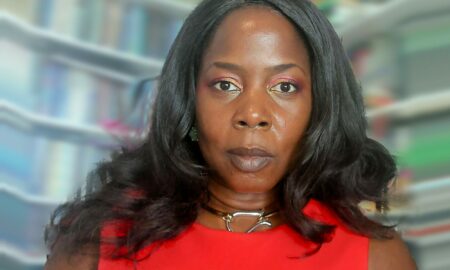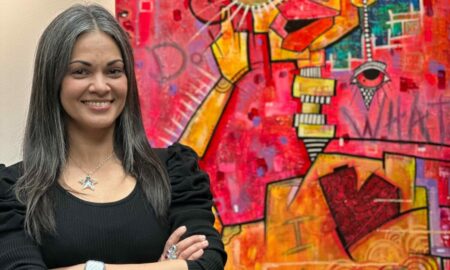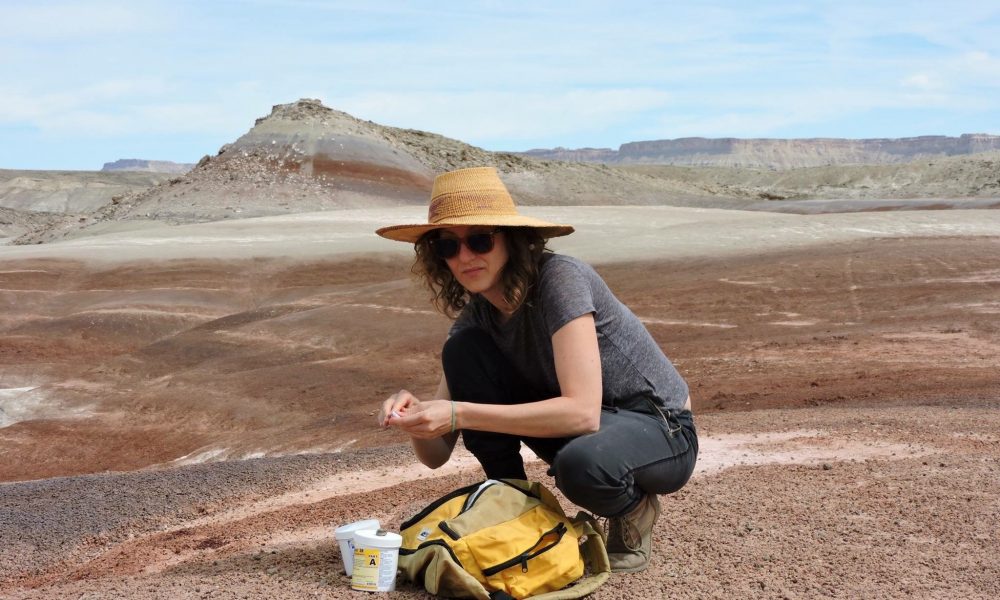

Today we’d like to introduce you to Cara Despain.
Cara, please kick things off for us by telling us about yourself and your journey so far.
I was born and raised in Salt Lake City, Utah and am now based in Miami. I work between the two places, and they are nearly diametrically opposed. I feel like somewhat of a weirdo participant and observer in both locales, and enjoy being an interlocutor between them. Visualizing and communicating issues around land use, the Anthropocene, and the cause and effect relationships between them is an interesting challenge for me. Most people think both places are weird, and impose stereotypes on each–which are totally true and totally not true at the same time. I like being off-center. There is more richness to work with and react to.
Can you give our readers some background on your art?
I work in film and video, sculpture, photography and installation to address issues surrounding the lineage of landscape art, the desert, climate change, land ownership and the problematics of the North American frontier. I often use nostalgic, romantic tactics and depictions of land that are fueled by tourism and national pride—borrowing from the language of Western cinema, Warner Bros. cartoons, sculptural portraiture and monuments, postcards, and calendars to tap into a sense of the familiar. The panoramic vistas of the west are visually stunning, and still exists in many peoples’ minds as a romanticized frontier from old western movies. I can especially play with this in south Florida, and interesting the settlement of south Florida itself has its own subtropical frontierism. Both have a lot to do with the railroad, and the industrial achievement fantasies of the second half of the 19th century.
I do a lot of casting in sculpture and in a similar way to how I present romantic depictions of familiar landscapes, I take an object that has particular attachments to bigger stories. A golden railroad spike, or a bone fragment from the railroad track in Little Haiti. I hope people can take away a new strategy for reading a landscape and interpreting the signs and symbols of a place after seeing my work. I use simple, specific symbols and objects or gestures and often repeat them to get to a familiar place in the psyche, to something people recognize, and ask them to look closer and maybe reexamine what they know about it.
What responsibility, if any, do you think artists have to use their art to help alleviate problems faced by others? Has your art been affected by issues you’ve concerned about?
I’m not sure the role of the artist has changed, but I think the intensity of US politics and the climate crisis over the last few years has clarified for me the importance of the artist as a voice that points to things from a certain, critical vantage point at the edges of culture and society, one a little less bound by the standards and circumstances that might (necessarily) hold some folks back from speaking their position. This is a privilege and a responsibility to existing in a space of distance and dissent. But also, beyond these niceties is an underlying truth. Artists have access to and often must interact with the 1 percent or other people who hold power and position in our society because they have money. This is another interesting, and often very uncomfortable space we occupy, but it can be used to reveal and discuss problems within our social structures. Inequities around gender and race and socioeconomic status being examples. A great specific example is the string of actions and protests Nan Goldin incited against museums and institutions taking money from the Sackler family, who is behind the opioid crisis. I love that. I also know that there is plenty of other dirty money in the art that we are all passing around and eating up–often without knowing.
I try to unearth some of these issues from a historical perspective and through the lens of how we treat the land in much of my work, but it is a slower burn. I also try to be active in spaces and conversations that are doing something beyond making pictures, and I think that’s important too.
What’s the best way for someone to check out your work and provide support?
Spinello Projects! To both see and support. Selling artwork is critical for the art ecosystem–both for galleries and artists. I also have work in some collections, including the Rubell Family Collection and the State of Utah and Salt Lake County art collections. There will be exhibitions coming up in South Florida, so stay tuned.
Contact Info:
- Website: https://spinelloprojects.com/
- Instagram: @caradespain
Suggest a story: VoyageMIA is built on recommendations from the community; it’s how we uncover hidden gems, so if you or someone you know deserves recognition please let us know here.


